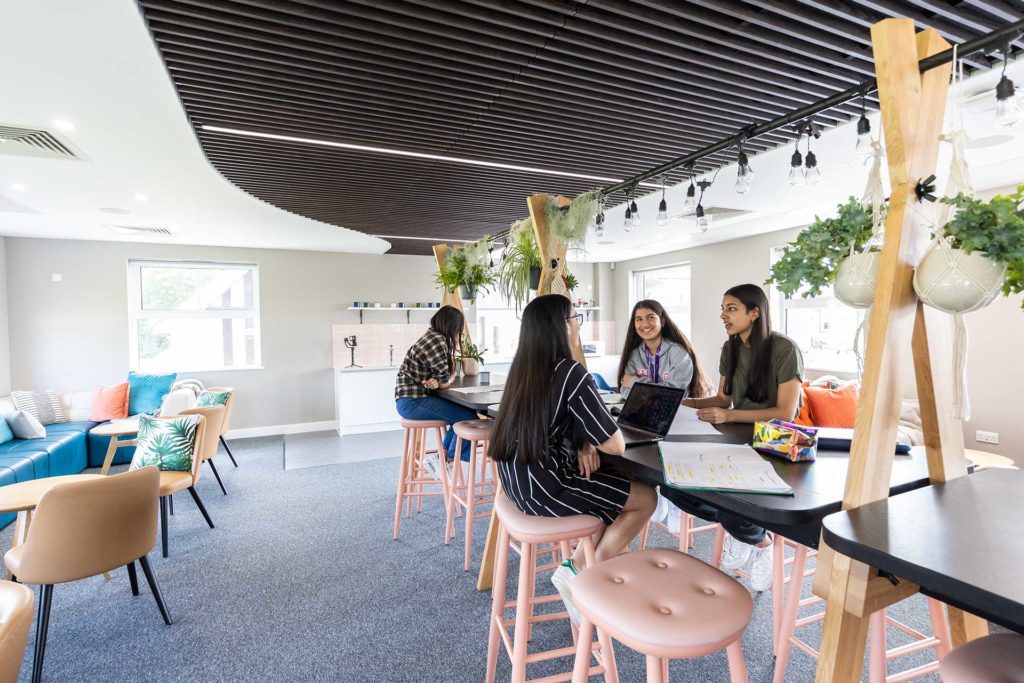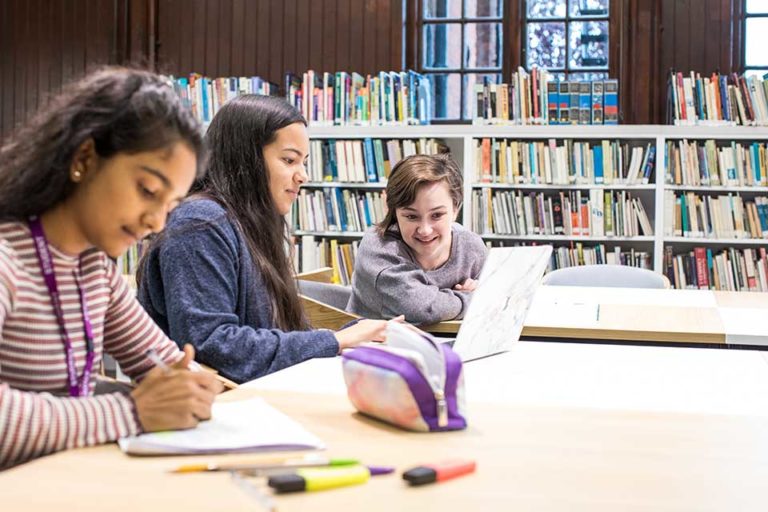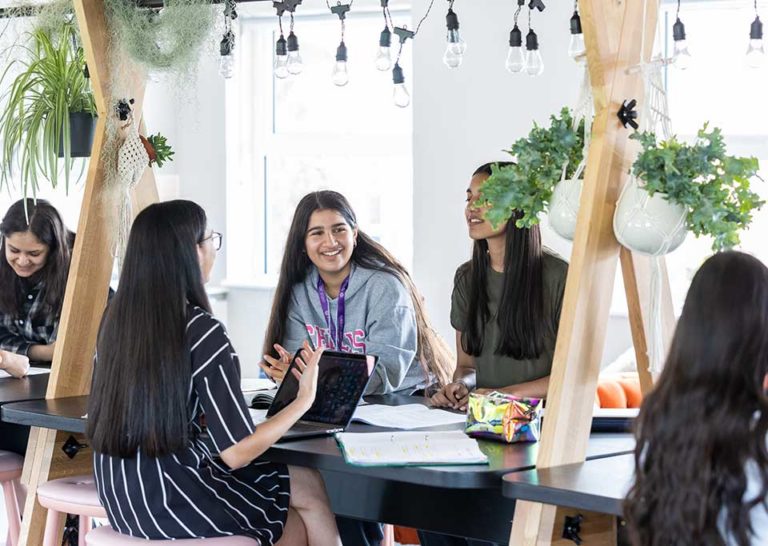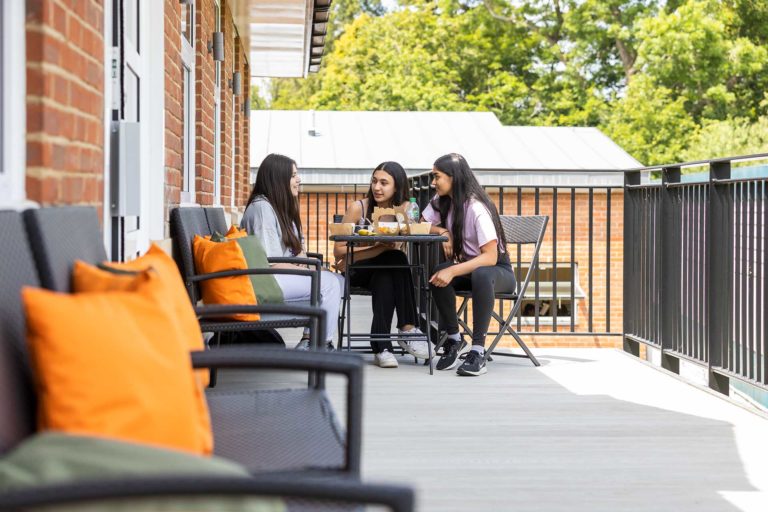Here at Envoplan we’ve been looking into how schools can improve student wellbeing. The pandemic and lockdown have had serious and far-reaching consequences for students of all ages, whether just beginning their learning journeys in EYFS, primary schools or ultimately working towards their exams in secondary schools. We know more engaged students in school do far better socially and academically…but how can you achieve this?
Here are our 5 top tips to improve your students’ wellbeing:
1: Inspirational Environments
Stunning learning spaces design, nurture and build on students’ natural curiosity. Our bespoke designs can make a real ‘wow’ statement to make your school stand out from the crowd or blend in seamlessly with your current environment by incorporating improvements to engage your students at all stages of their learning journey. Envoplan offer full fit outs, clever storage solutions, our innovative Teaching Wall and much more.

2: Supportive Learning Culture
Children with higher levels of wellbeing are increasingly likely to have better academic achievement; deeper educational engagement right through their learning years; and make more progress in secondary school. When students feel supported and enriched they are empowered to make positive friendships which will benefit them beyond school. Our strategic learning environment designs maximise your students’ success at any age.
3: Adaptive Technology
“Do all your students have access to the technology they need? Is there digital access in all your Learning Spaces ensuring your students can accelerate their learning? We have installed accessible, adaptive technology in every environment from classic traditional stone buildings to large modern new campuses. We have the knowledge and design expertise to create the perfect digital spaces for staff and students alike.
4. Collaborative Learning
Intelligent school layouts are vital for students’ self-management, leadership skills and higher-level thinking. Whether working in groups, classrooms, one to one areas, quiet libraries or being involved in practical work, we have designs to suit every environment. Thoughtful education interior design by Envoplan can make a significant impact to your classroom learning environments.
5. Enrichment
Outdoor learning is critical, especially in younger year groups – learning from nature is essential for children to flourish and grow. The benefits of enrichment include an increased motivation to learn alongside superior peer resolution and positive behaviour. Encourage interaction with the outdoors by creating a stunning weatherproof learning environment designed by Envoplan.







